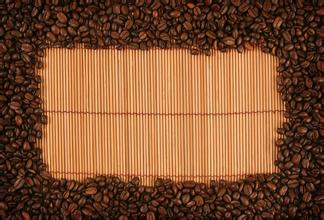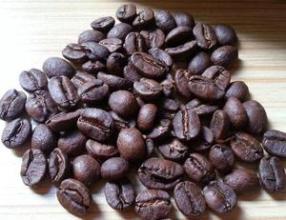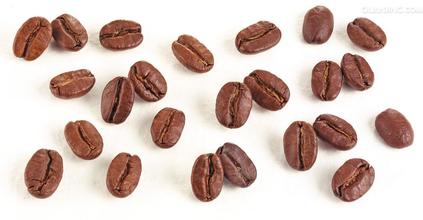Introduction to the regional treatment of Bolivian coffee beans
Bolivia is not a big producer.
Acidity (brightness) (1-10): 8.8
Taste (layered) (1-10): 8.6
Taste (alcohol thickness) (1-5): 2.9
Aftertaste (residue) (1-10): 8.5
Balance (1-5): 0
Basic score (50): 50
Total score (maximum 100): 86.1
Intensity / main attributes: light intensity / delicate flower and fruit composition balance
Recommended baking degree: city+ or full city+
Contrast: brisk, lively; flavor close to the Kaddura coffee produced in Panama Brand: Caranavi
Treatment method: wet treatment
Appearance: 2dmax 300grr 18SCR 17-gr.
Variety: Tibica
Note: this is a lively, bright and vibrant coffee. Dry aroma is an unusual nutty aroma, somewhat similar to peanut butter. The wet aroma has aromas of vanilla and flowers. The palate is delicate, with apple sweetness and flavors of chocolate and vanilla.
Dry aroma (1-5): 3.6
Wet aroma (1-5): 3.7Bolivian FTO SHG EP
Producing country: Bolivia
Grade: SHG
Planting area: Yonggas
Brand name: Caranavi Bolivia is not a big coffee producer, but the excellent altitude and climatic conditions of the La Paz Mountains make the coffee produced here is of excellent quality. Bolivian boutique coffee is delicate and bright, sweet and fragrant, and is a typical coffee that makes people feel clean and relaxed. The coffee here has subtle fruity aromas such as pears, apples, apricots, oranges and lemons. On the palate, the taste is pleasant with sweet flavors of malt, chocolate and nuts.

Important Notice :
前街咖啡 FrontStreet Coffee has moved to new addredd:
FrontStreet Coffee Address: 315,Donghua East Road,GuangZhou
Tel:020 38364473
- Prev

Introduction to Panama Rose Summer Coffee Bean Jade Manor
In the Pokuit producing area, there are also many excellent manors, except the famous Emerald Manor, Alida Manor, Aqaba Manor and so on, all of which produce high-quality boutique coffee. This is not only due to the superior ecological conditions of the Pokuit region of Panama and the fertile volcanic ash soil of the Baru volcanic land. Another important factor is that in Bana
- Next

The treatment process and spread of raw coffee beans
Roasted coffee beans appeared on the market for the first time-coffee trees in 1865 (Pittsburgh, USA) usually grew to 5-10 meters tall. the older the coffee tree, the fewer branches, but more and more leaves and fruit. Coffee trees usually begin to bear fruit three to four years after planting. The number of years in which the coffee tree produces fruit, depending on the region planted and the tree species.
Related
- Does Rose Summer choose Blue, Green or Red? Detailed explanation of Rose Summer Coffee plots and Classification in Panamanian Jade Manor
- What is the difference between the origin, producing area, processing plant, cooperative and manor of coffee beans?
- How fine does the espresso powder fit? how to grind the espresso?
- Sca coffee roasting degree color card coffee roasting degree 8 roasting color values what do you mean?
- The practice of lattes: how to make lattes at home
- Introduction to Indonesian Fine Coffee beans-- Java Coffee producing area of Indonesian Arabica Coffee
- How much will the flavor of light and medium roasted rose summer be expressed? What baking level is rose summer suitable for?
- Introduction to the characteristics of washing, sun-drying or wet-planing coffee commonly used in Mantenin, Indonesia
- Price characteristics of Arabica Coffee Bean Starbucks introduction to Manning Coffee Bean Taste producing area Variety Manor
- What is the authentic Yega flavor? What are the flavor characteristics of the really excellent Yejasuffi coffee beans?

